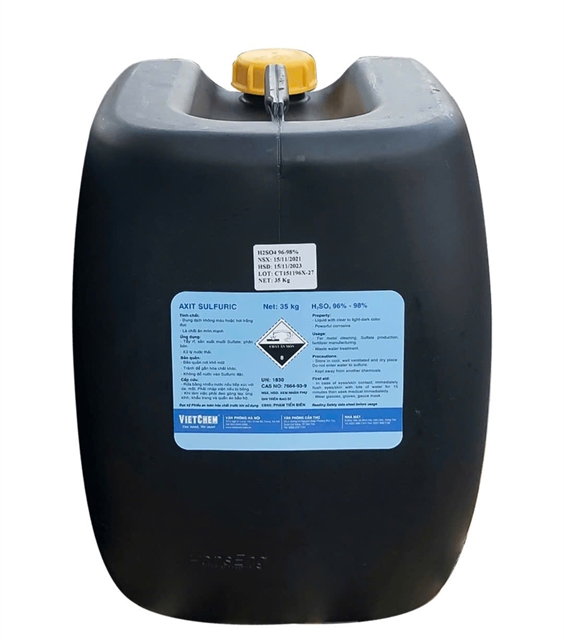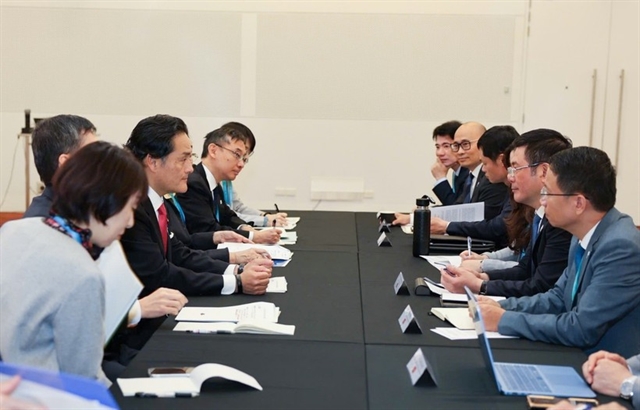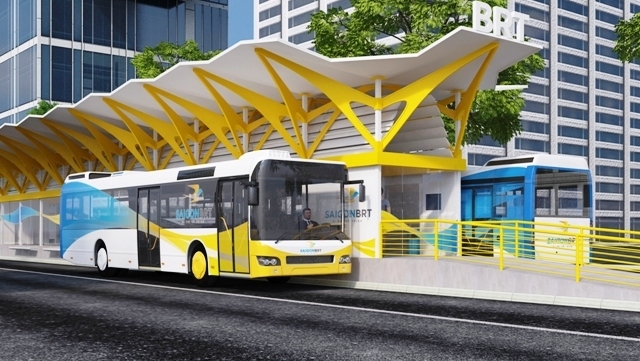 Society
Society

Investment for HCM City’s first Bus Rapid Transit (BRT) route extending 25km between the city’s eastern and western sections has been cut by US$13 million to $143 million by the municipal People’s Committee.

|
| A model of a BRT station in HCM City. Investment for the city’s first Bus Rapid Transit (BRT) route has been cut by $13 million to $143 million. —Photo courtesy of the HCM City Department of Transport |
HCM CITY — Investment for HCM City’s first Bus Rapid Transit (BRT) route extending 25km between the city’s eastern and western sections has been cut by US$13 million to $143 million by the municipal People’s Committee.
The decision was made after the city reviewed all of the project’s related costs. The People’s Committee has also asked the Prime Minister to extend project implementation until 2023 instead of 2019 as planned.
Approved by the PM in 2013, the initial project costs were set at nearly $156 million, to be sourced from Official Development Assistance funds from the World Bank. The project implementation period was initially scheduled from 2014 to 2019.
The BRT route is expected to have 30 modern CNG (compressed natural gas) buses that will go through Bình Chánh and Bình Tân districts, and districts 6, 5, 1 and 2. The buses would interchange with the proposed metro lines 1, 2, 3A and 5.
Travel time for the whole 25km BRT route would be some 45 minutes. This is one of six BRT routes planned by the city government.
The route, including one depot in Thủ Thiêm new urban area in District 2, four stations, two transfer stations, and 31 stops, will provide reliable mobility services between the city centre and its southeast and northwest areas.
A green corridor that will use solar energy and have trees planted at all stations is also part of the project.
Public buses are the only means of public transport in the city, but they are not popular with locals as the system is not well connected and the buses have to share space with motorbikes and cars, resulting in traffic gridlock.
The BRT system is expected to improve the quality and efficiency of the city’s public transport. The system will also provide special benefits for low-income residents, especially manual workers and students, according to the World Bank.
It is considered a feasible solution for traffic congestion because it is fast, carries large numbers of passengers, and has much lower investment costs than other means of transport such as metros and tramways, according to the HCM City Department of Transport. — VNS




